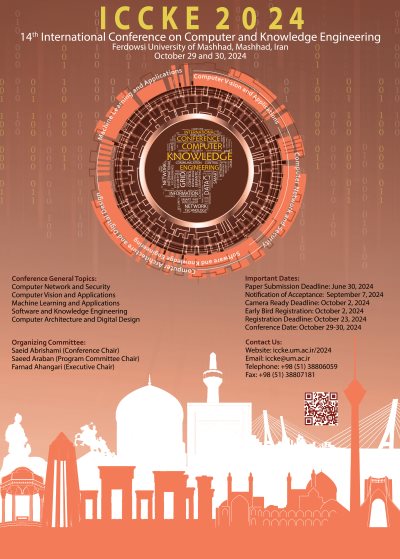0% Complete

Authors :
Keywords :
Abstract :
List of archived papers
Alireza Javaheri - Arsham Gholamzadeh Khoee - Saeed Reza Kheradpisheh - Hadi Farahani - Mohammad Ganjtabesh
Aliyu Sabo - Theophilus Ebuka Odoh - Samuel Habu - Hossien Shahinzadeh - Farshad Ebrahimi
Negin Shafinezhad - Hamidreza Abrishami - Saeid Abrishami
Seyed Salar Ghazi - Haleh Amintoosi
Arash Vashagh - Amirhossein Akhoondkazemi - Sayed Jalal Zahabi - Davood Shafie
Zahra Bakhshandeh - Morteza Keshtkaran
Mohammed Wadi - Wisam Elmasry - Mohammed Jouda - Hossein Shahinzadeh - Gevork B. Gharehpetian
Amirhossein Ghaemi - Habibollah Danyali - Alireza Ghaemi
Aref Farhadipour - Homa Asadi - Volker Dellwo
Mehdi Zirak - Yasser Sedaghat - Mohammad Hossein Yaghmaee Moghaddam




